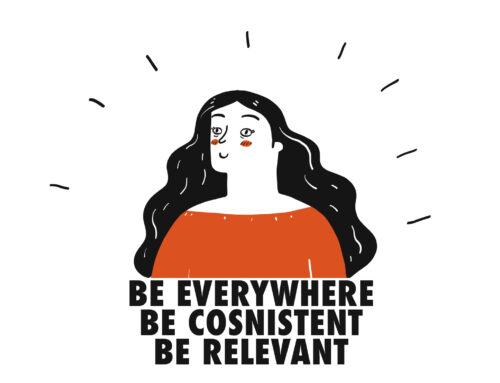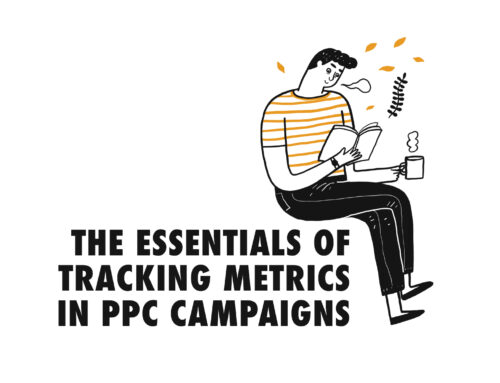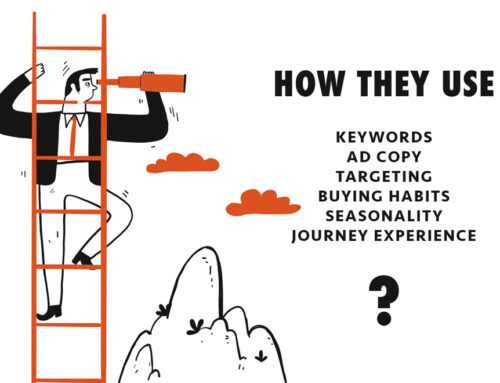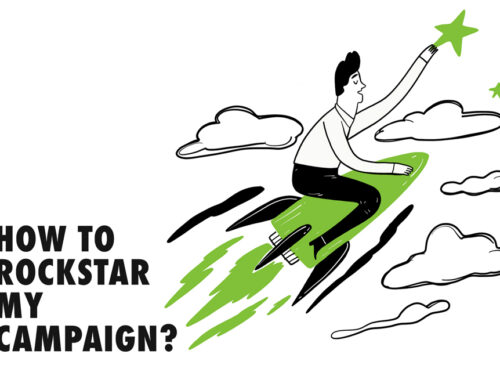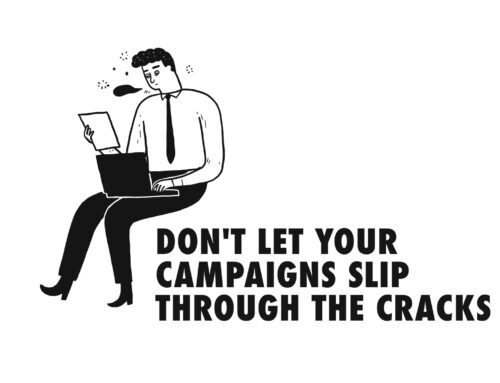How Remarketing Ads can Help you Reduce Costs and Understand Your Customers
Remarketing in Google Ads is a powerful marketing tool that allows you to target ads to people who have already interacted with you business website. This is done by placing a tracking code on the website that allows Google Ads to identify and target users who have previously engaged with the site.
Remarketing is important for you businesses because it allows to reconnect with users who have already shown an interest in you products or services. It also gives the ability to customize the ads to the user based on their previous activity and interest. This allows to connect with potential customers more effectively and increase their chances of conversion.
Additionally, remarketing also helps build brand loyalty by regularly engaging with your customers.
Key take-aways:
- Event-based marketing is a more effective approach than remarketing.
- Remarketing can help reduce costs and increase conversion rates.
- It is important to track user actions and create distinct user groups to target more engaged users.
- Remarketing can help increase chances of conversion by targeting ads to users who have already interacted with website or app.
- Remarketing can help build better relationships with customers and increase brand loyalty.
- Audience lists are important for remarketing because they allow to target ads to specific users who are more likely to convert.
Benefits of applying remarketing ads
- Reduce costs of campaign – By targeting ads to users who have already interacted with the website or app, you can reduce your costs by focusing your advertising budget on users who are more likely to convert.
- Increase brand loyalty – Build better relationships with your customers by regularly engaging with them and keep your brand top-of-mind so to increase the chances of conversion.
- Increase conversion rates – Target ads to users who have already interacted with the website or app, in order to increase your conversion rates by focusing your advertising budget on users who are more likely to convert.
- Targeted Ads – create more personalized, targeted ads that are tailored to the user. This helps increase the effectiveness of their campaigns and increases the chances of conversion.
- Gain insights into customer behavior – By tracking user actions, you can gain valuable insights into your customers’ behavior and interests. This data can then be used to create more effective campaigns and better understand your customers.
Most common Remarketing ideas – which audiences list to start with?
Audience lists in remarketing are groups of users who have interacted with the website or app in a certain way. These lists are created using targeting parameters such as website visits, actions completed, or purchase history. Audience lists are important because they allow you to target your ads to specific users who are more likely to convert. Some lists to start with:
- All Website Visitors – These are users who have visited the website but have not completed any action.
- Shopping Cart Abandoners – These are users who have added items to their cart but have not completed their purchase.
- Recently Converted – These are users who have recently completed a purchase or other desired action.
- High Engagement – These are users who have interacted with the website or app multiple times.
- Brand Loyalists – These are users who have interacted with the website or app multiple times and have completed a purchase.
Intent based Remarketing – focus on the event-based remarketing
Many businesses focus on remarketing to their audiences, but this is not always the most effective approach. Instead, event-based marketing is a better option. This entails tracking user actions and separating them into distinct user groups.
For example, if someone watches a video and then searches for a product on your website, you can consider them a separate user group. This allows you to better target those who are most likely to convert, rather than just those who have already interacted with your business.
It is also important to keep coming back to these users groups with new products, special offers, and discounts. This way, you can keep their interest and increase the chances of conversion. Additionally, coming back to them every few months will help keep your brand top-of-mind and increase brand loyalty.
Some of the most successful event-based remarketing examples could be:
- Personalized Product Recommendations – This involves targeting users with product recommendations based on their previous activity.
- Automated Reminders – This involves sending automated reminders to users who have yet to complete their purchase.
- Re-engagement Ads – This involves targeting users who have been inactive for a certain period of time with ads and offers.
- Cart Abandonment Ads – This involves displaying ads to users who have added items to their cart but have not completed their purchase.
- Flash Sale Ads – This involves targeting users with ads for limited-time offers and discounts.

Examples and scenarios of remarking in Google Ads worth to consider
- Someone watching a video on your webpage
Engaging with a content on your webpage is more valued action than only opening and scrolling the webpage because it shows a higher level of engagement. Watching a video indicates that the user is interested in the content, whereas opening and scrolling the webpage does not always indicate interest. This is why it is important to track user actions and use event-based marketing to target more engaged users
- Recording clicks that send users off the website
In remarketing, it is important to record clicks that send users off the website because this helps businesses track user activity and create more effective campaigns. By recording the clicks that send users off the website, you can gain valuable insights into their customers’ behavior and interests. If a user clicks on a link that takes them to an external website, ou can use this data to understand what type of content the user is interested in. This data can then be used to create more targeted ads that are tailored to the user’s interests.
You can for example track when a user clicks a link to follow you on social media such as Facebook, Twitter, or Instagram. This data can be used to create more targeted ads and better understand our users. For example, if a user clicks a link to follow the business on Twitter, you can use this data to create more Twitter-focused ads. - For how long people are watching the video?
If a user engages with a video more than average, it means that the user is more interested in the content than other users. This indicates that the user is more likely to convert and therefore should be targeted with more personalized ads.
To track how long people are watching the video, businesses can use Google Analytics to measure the average time a user spends watching the video. This data can then be applied to Google Ads campaigns by creating more targeted ads that are tailored to the user’s interests. - Those who cancelled subscription
By tracking those who cancelled your subscription you can better understand why your customers are leaving. You can gain valuable insights into why your customer left and what they might need in order to come back.
What are most common remarketing google ads strategies?
- Dynamic Ads – These ads allow you to display a customized product or service to the user based on their previous activity.
- Targeted Email Campaigns – This involves sending targeted emails to users who have already interacted with the website or app.
- Remarketing Lists for Search Ads (RLSA) – This allows businesses to target their ads to users who have previously visited their website or app.
- Social Remarketing – This involves displaying ads on social media platforms such as Facebook and Instagram to users who have interacted with the business previously.
I’m always happy to help and provide advice. If you have any questions or need help getting started with remarketing campaigns, installing tracking codes, or configuring Google Ads, Google Analytics and Google Tag Manager, please don’t hesitate to reach out. I’m here to help make your digital marketing endeavors a success!

